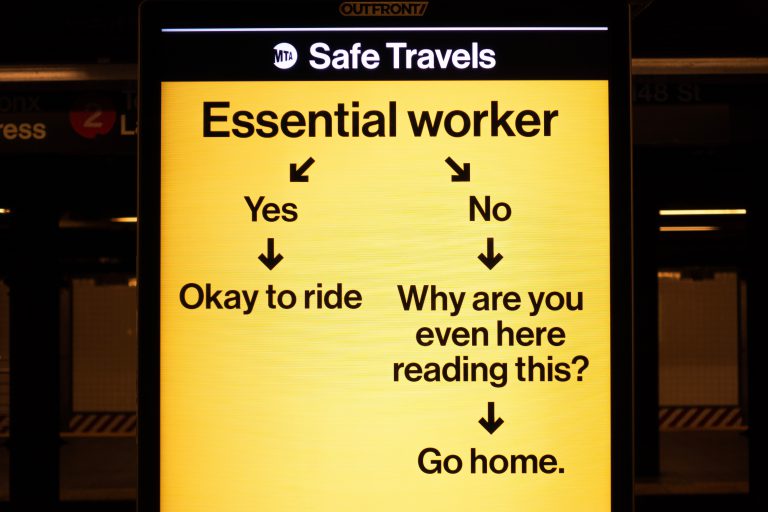There’s no doubt that the healthcare industry is steadily welcoming digital transformations like telehealth, but the sudden impact of the pandemic has fast-tracked the technological shift at an unprecedented rate.
The ongoing demand for social distancing practices has made a dent in the industry as patient engagement continues to drop, particularly since most hospitals focus on addressing new cases that come in waves.
Health insurers now rely on virtual care visits as a response to the decline in primary care visits, and part of the digital health technologies that the medical landscape needs to integrate include changes in billing and payments. Here’s what to expect in the new year ahead:
1. Simplifying the Payment Process Using QR Codes
Hospitals, clinics, pharmacies, and other medical practices are seeing more and more patients as the coronavirus continues to plague the economy. Whether you’re conducting virtual check-ups or face-to-face healthcare visits, the industry sees an improvement in the patient experience thanks to the introduction of a new technological tool: QR codes.
QR codes took several industries by storm as paperless and cashless payments grow in demand, making the overall healthcare payment process simpler. Patient statements undergo a quick scanning process, eliminating billing confusion and encouraging timely payments.
2. The Normalization of Paperless Patient Statements
Many patients find it confusing to understand all the billing information in their medical bills, but understanding patient statements are now easier as healthcare goes digital. This paves the way for online billing, a convenient method that welcomes different payment options.
This encourages patients to stay on top of their bills so healthcare organizations can expect faster completion of payments, while the patients can have a seamless experience since most pay bills online.
eStatements also eliminate paper waste for all healthcare providers, leaving room for growth in profit margins while contributing to the environment.
3. The Need for Flexible Payment Options for a Cost-Efficient Patient Revenue Cycle Management
Providing e-billing can streamline the payment process for the healthcare provider and patients, but it helps to offer multiple payment options to ramp up the convenience on both ends. After all, not all patients use the same billing method, so adding options like mobile payments, patient portals, QR codes, text-to-pay, the credit card on file, and other modern billing statements can improve overall patient satisfaction.
The healthcare industry can also leverage this technology-driven solution by improving patient collections as paperless billing statements allow for more timely payments, which has a positive impact on the healthcare provider’s revenue cycle management.
The Bottom Line: Exploring Post-Pandemic Telehealth Payment Options in 2021
Implementing digital changes to traditional billing and payment methods can guarantee a plethora of benefits for care providers, allowing medical professionals to cut costs and make payment transactions more efficient for both parties.
Why Read Healthcare News Sources with Us?
Keeping track of future projections and trends in the healthcare industry ensures you’re on top of your health – from updates on the latest technology to the growing demand for different payment methods.
Check out more medical blogs at Dose of Healthcare, where you can stay in the loop on the best information on health news today.
















